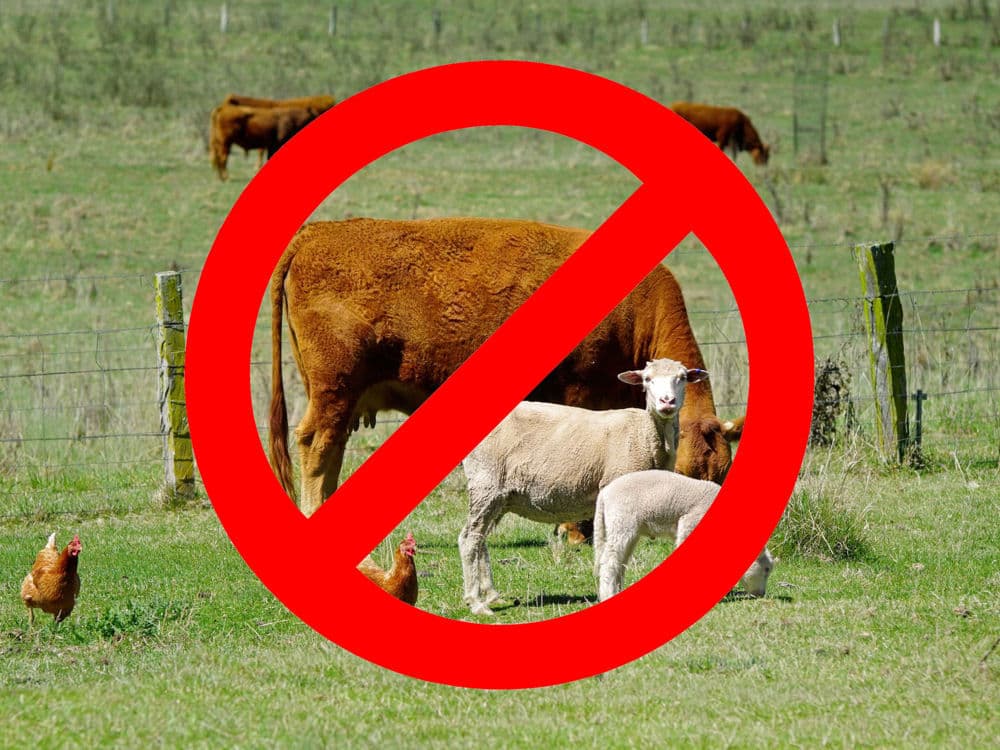One aspect of the Ultimate Goal of the Catastrophic Anthropogenic Global Warming movement is a global conversion to a vegan diet. The sustainability movement asserts that the growing global population is already stressing the available food supply; and, that reduction of the land area dedicated to grazing and growing grains to feed animals for both meat and milk production is essential to avoid mass food deprivation and, ultimately, starvation.
“Researchers from the Sustainability Research Institute at University of Leeds in England and the Mercator Research Institute on Global Commons and Climate Change in Berlin” assert that: “Right now, there's not a single country on Earth that provides its people a good, sustainable life.” Essentially, they conclude that those currently enjoying a “good life” are not doing so sustainably; and, that those currently living a sustainable life are not enjoying a “good life”. They suggest that, for all to live a good life sustainably, "we need to become two to six times more efficient at transforming resource use into human well-being." We would also need to massively redistribute wealth and income.
A global shift to veganism is unlikely to occur quickly or voluntarily. Despite concerns about existing stresses on the available food supply, meat consumption and dairy consumption continue to grow as nations become more prosperous. This has led researchers to focus on the various measures of the efficiency of land use for meat production and the efficiency of conversion of resources to edible meat protein. Beef is the least efficient in both land use and protein conversion efficiency, followed by lamb, pork and poultry. Beef production is also responsible for most of the greenhouse gas emissions associated with animal husbandry.
Politicians and environmental activists, always eager to maximize their contributions toward a sustainable future, have begun advocation for a meat tax. The environmental activists are concerned about land use, resource consumption and environmental emissions. The politicians envision another source of funding, since they have so far been unsuccessful in instituting a carbon tax. The meat tax would be a form of “sin tax”, intended ultimately to drive meat from the market. As with all “sin taxes”, the tax rate would be increased, as required, to maintain the revenue stream, until there was no meat left to tax.
Beef production has grown far less rapidly than poultry and pork production, likely because of the far greater land and feed requirements and the longer maturation period for beef cattle. Dairy milk production has remained relatively flat in recent years, while consumption of soy milk and nut and grain milks have increased.
Textured vegetable protein meat analogues have been available in the US market for at least 50 years, though their market penetration has been largely limited to those with religious and / or dietary constraints. However, major new public / private partnership efforts are underway in an attempt to increase the acceptability and acceptance of meat analogues as a climate-friendly alternative to commercial animal husbandry. The challenges of approximating taste, texture and chew have largely been overcome for fully cooked products. However, the challenge of successfully approximating the aesthetic qualities of a piece of medium rare beef steak, hamburger, leg of lamb, etc. remains.
